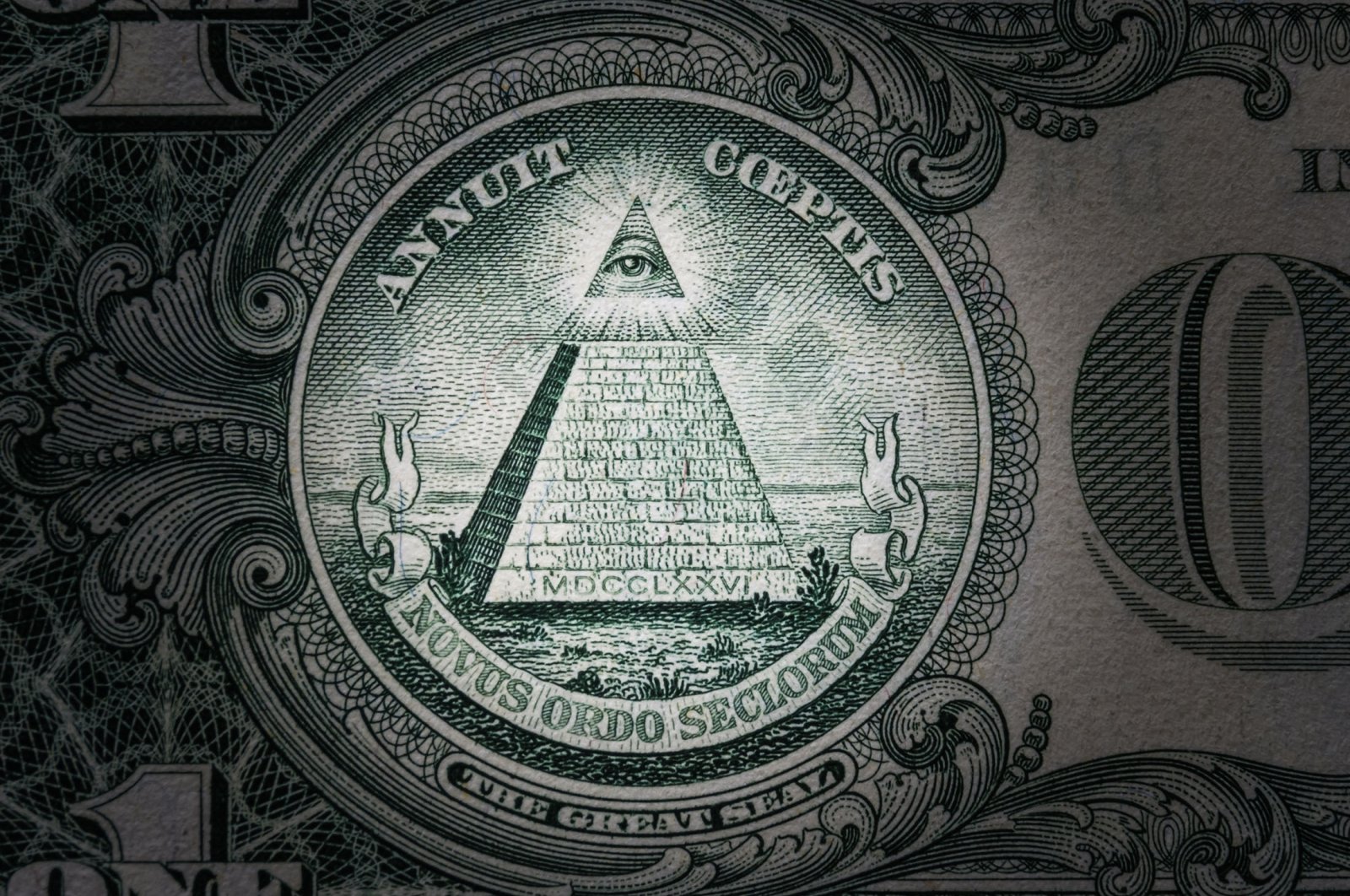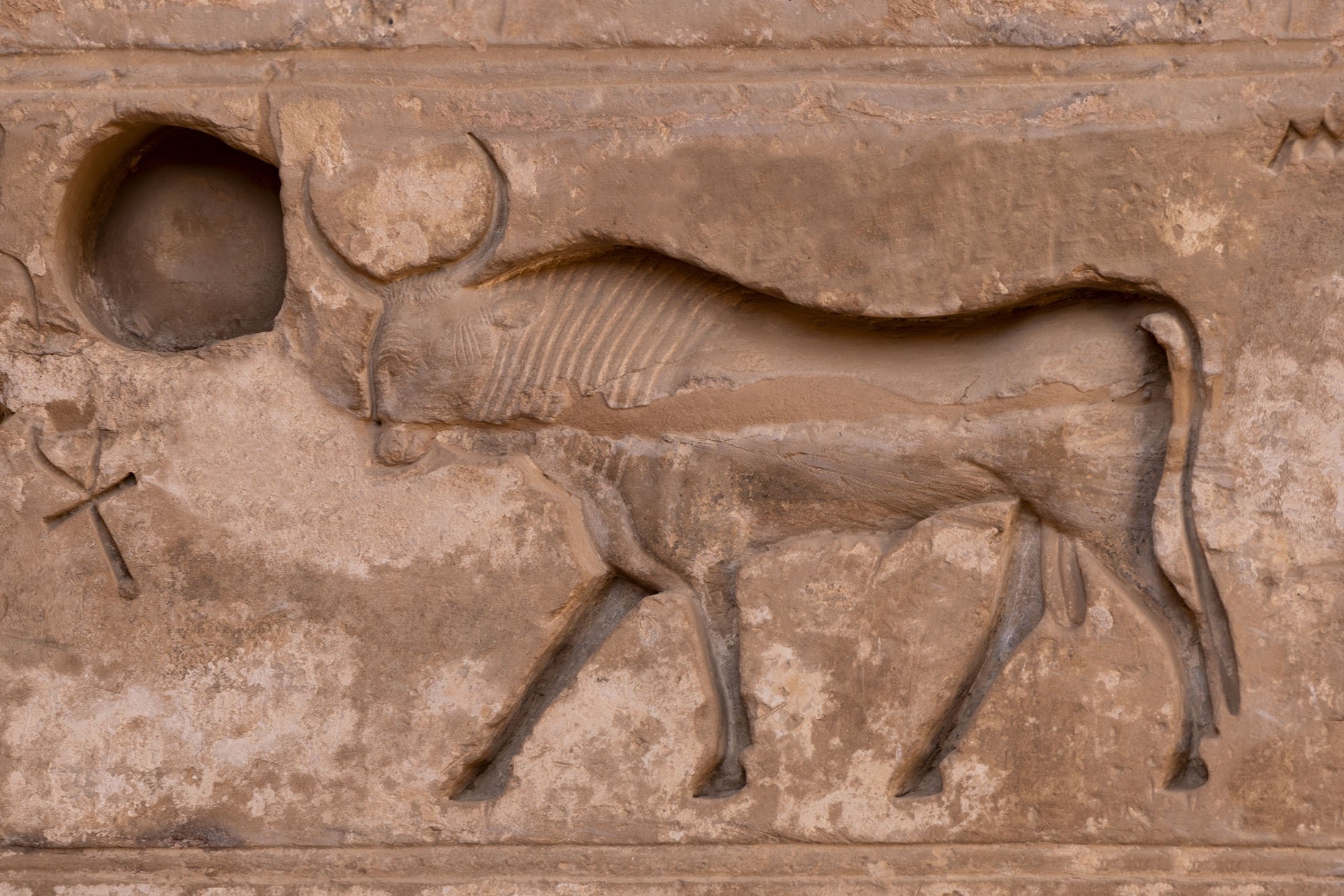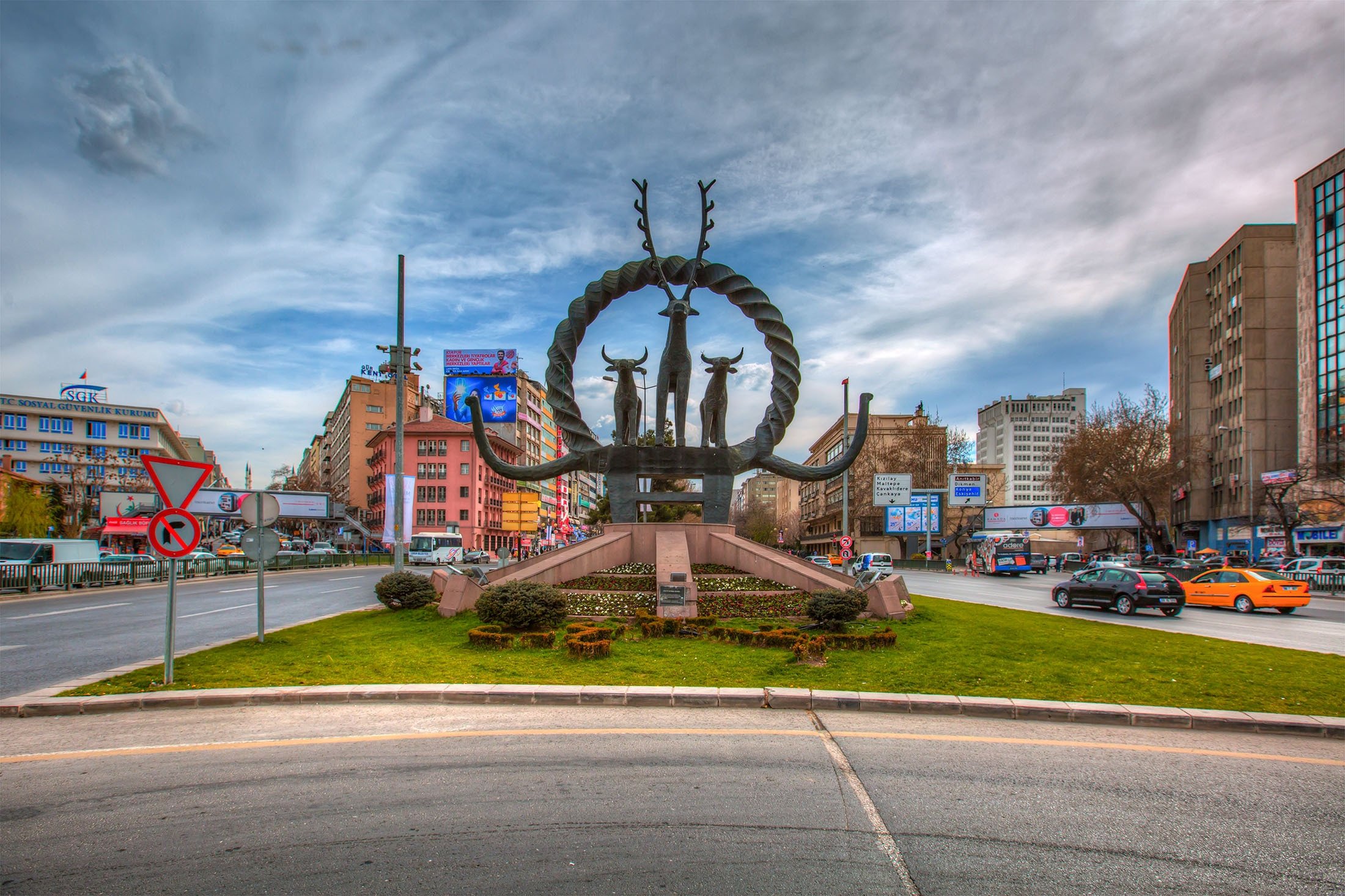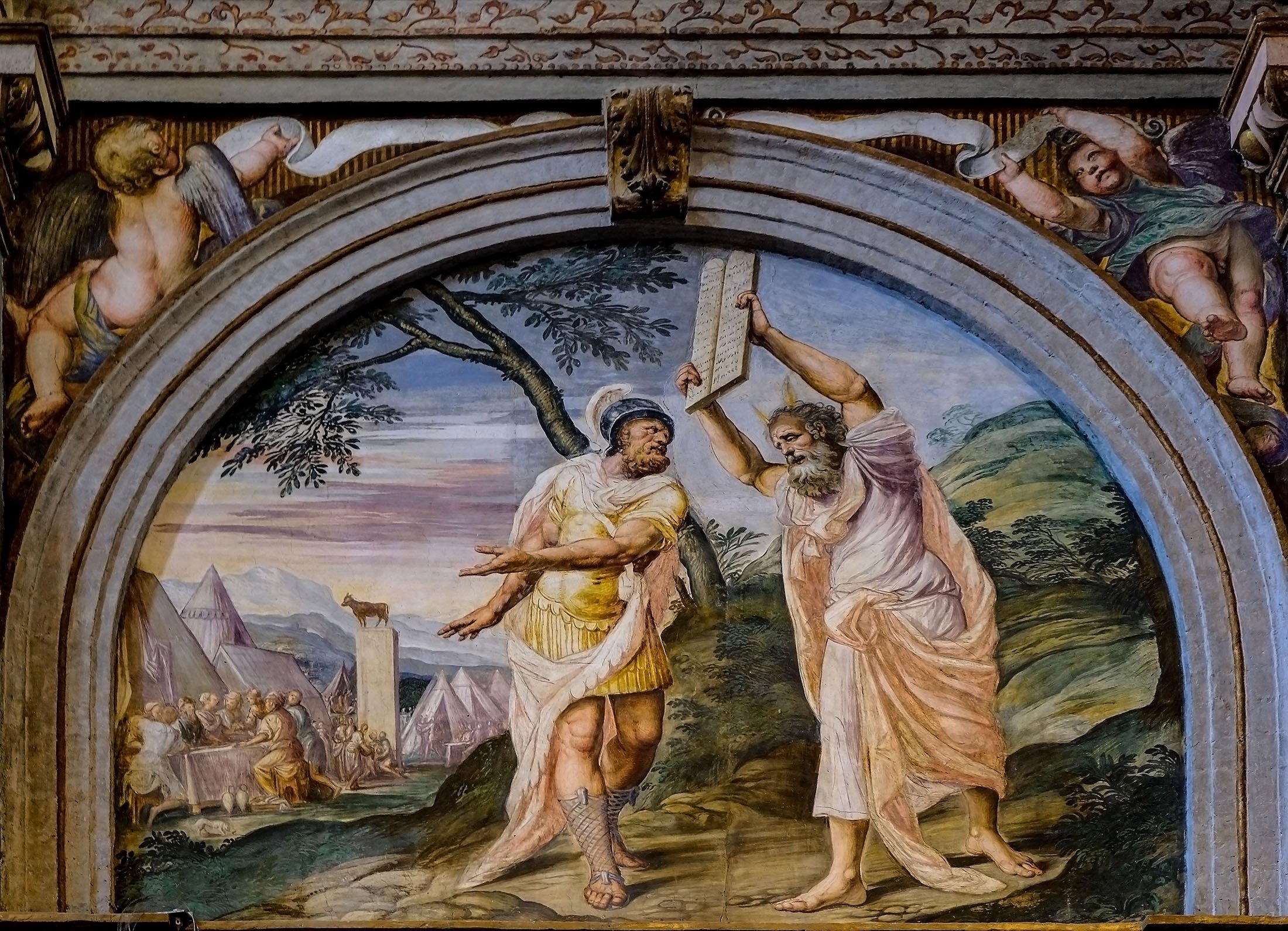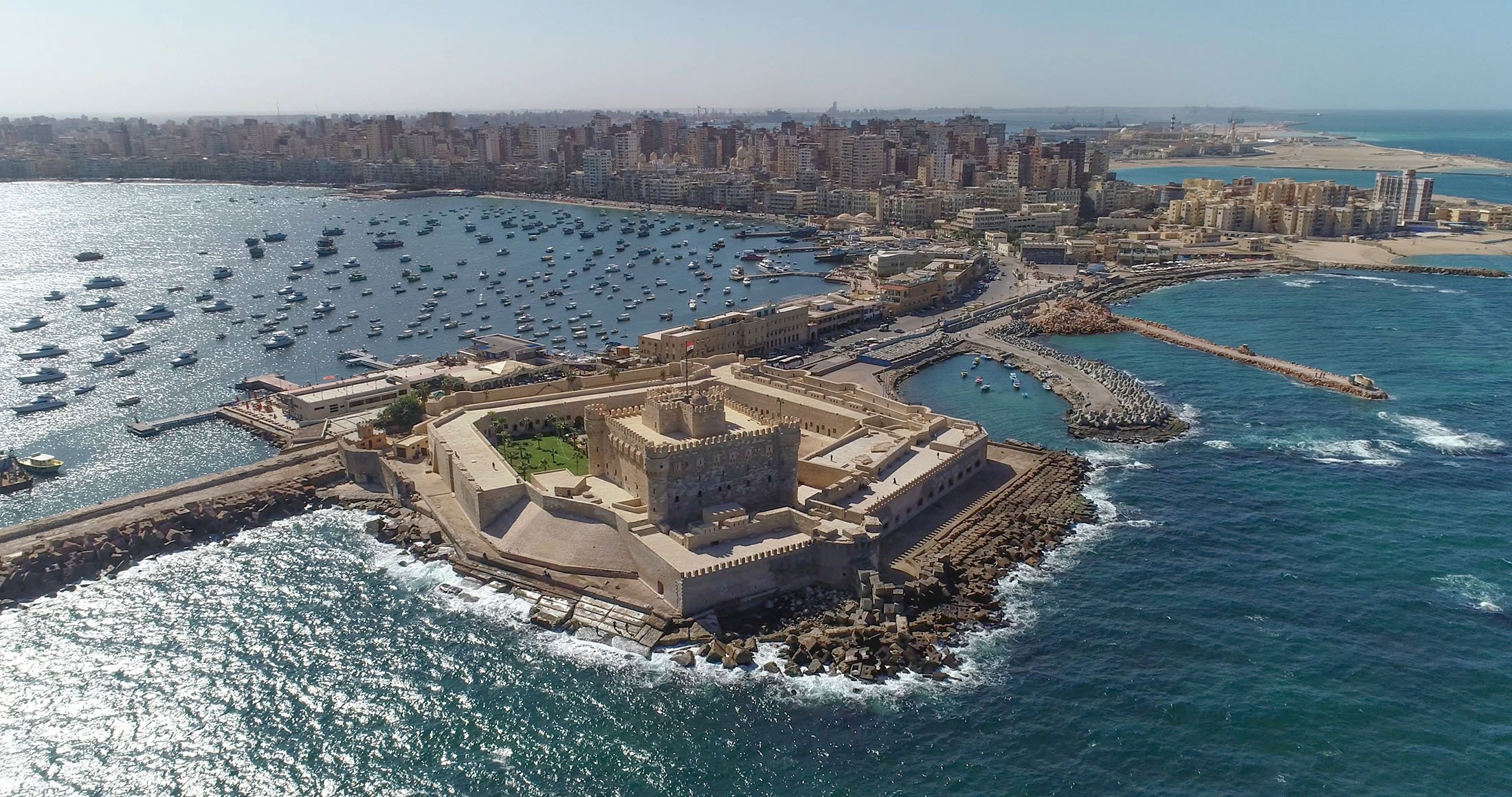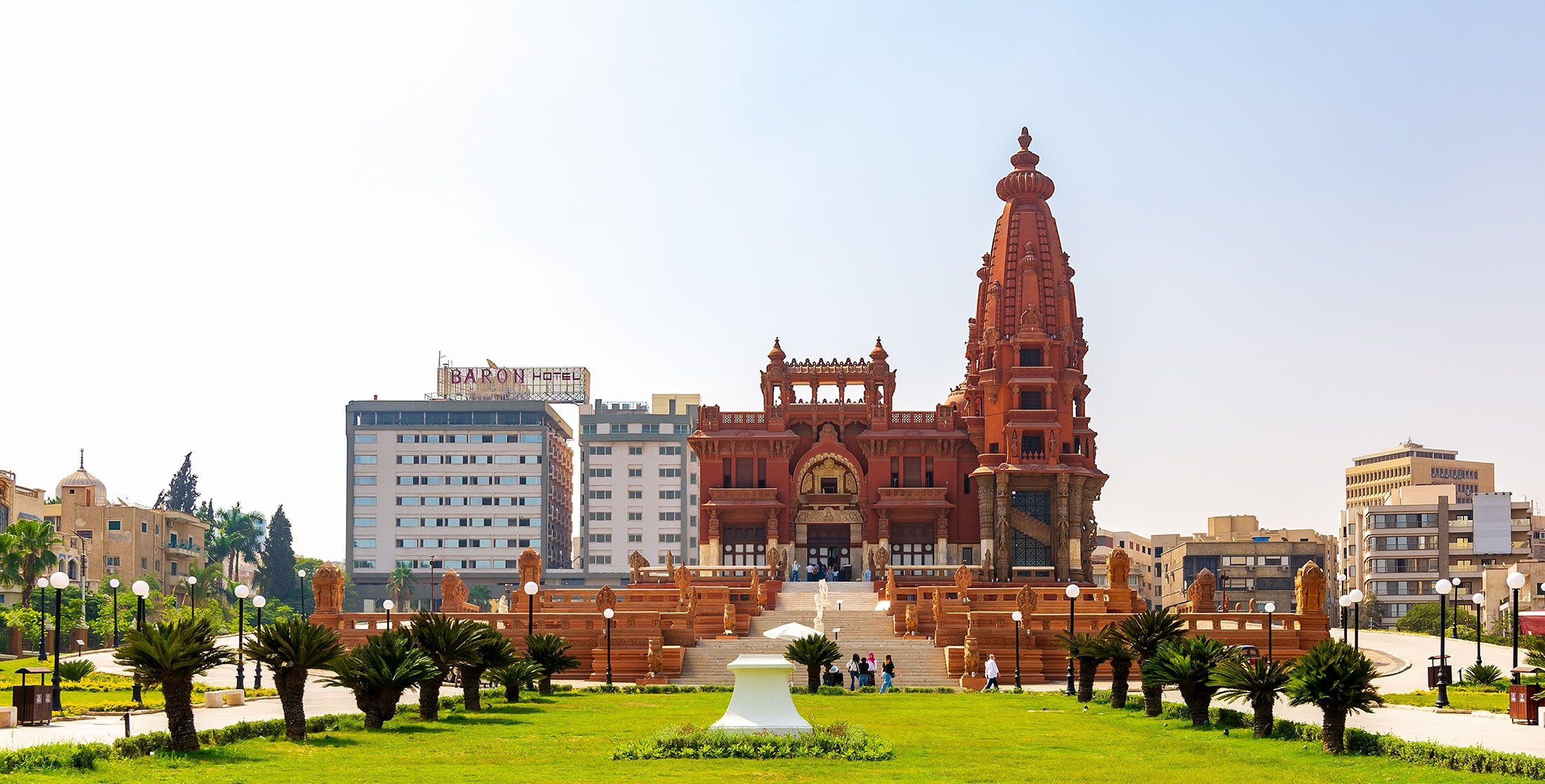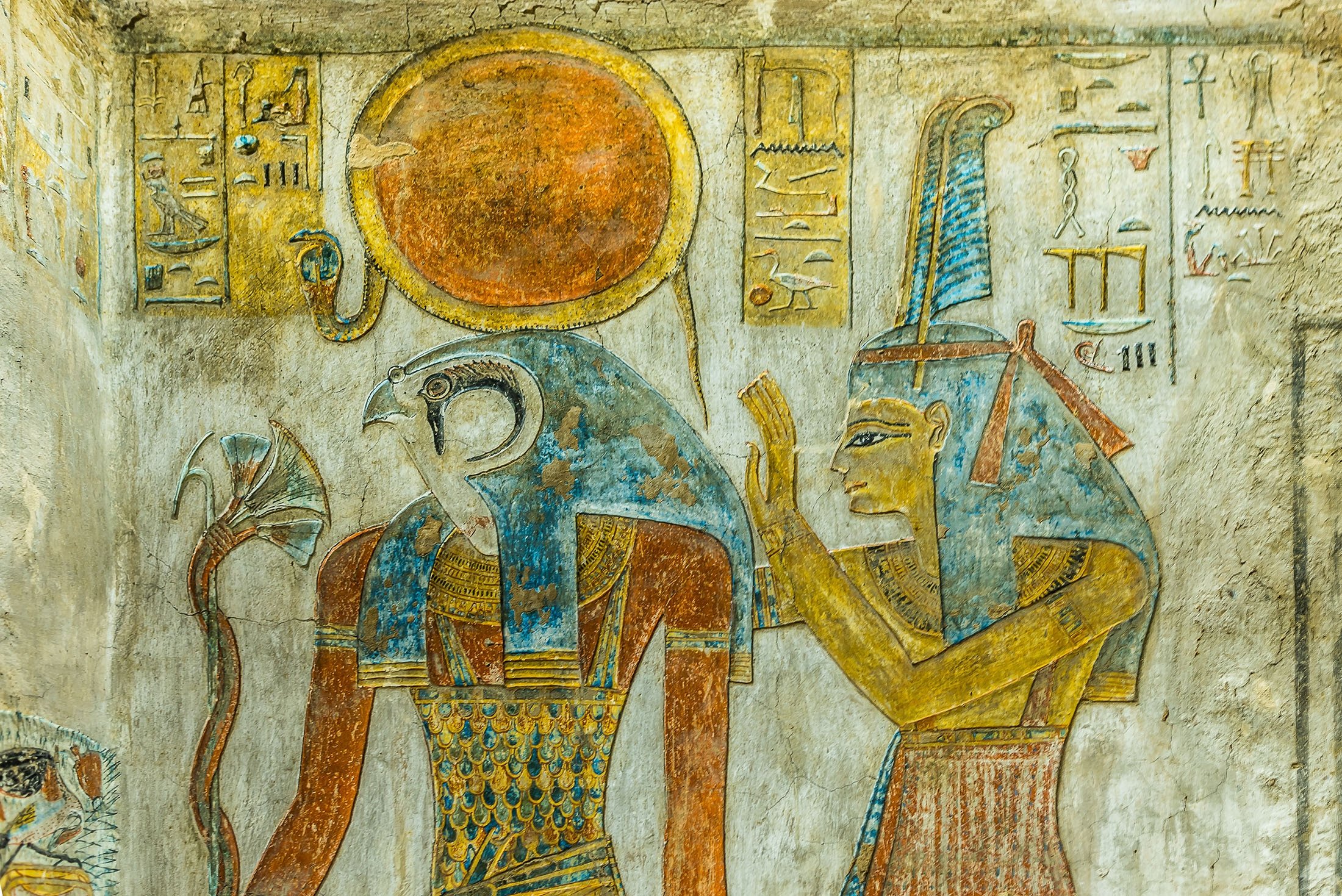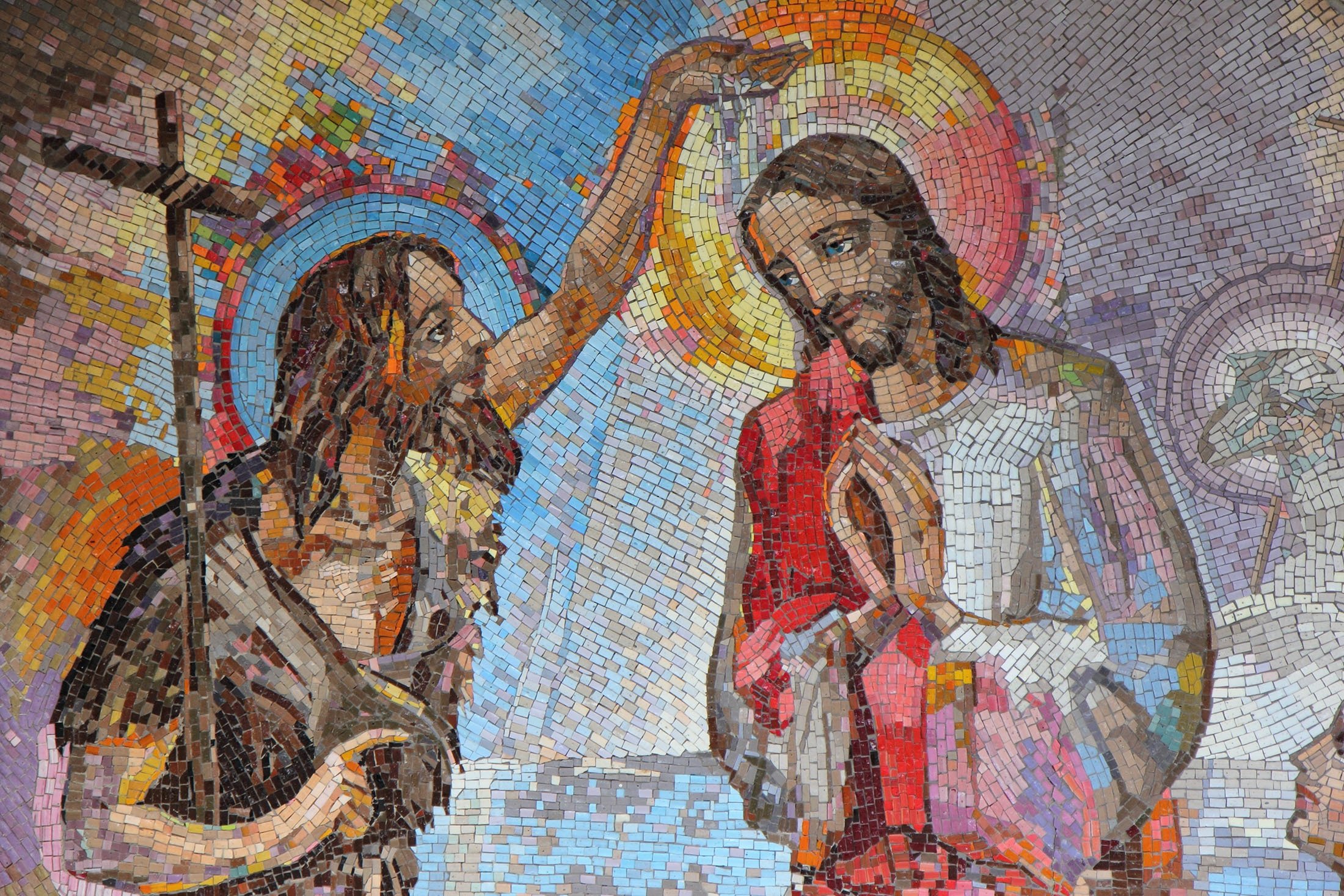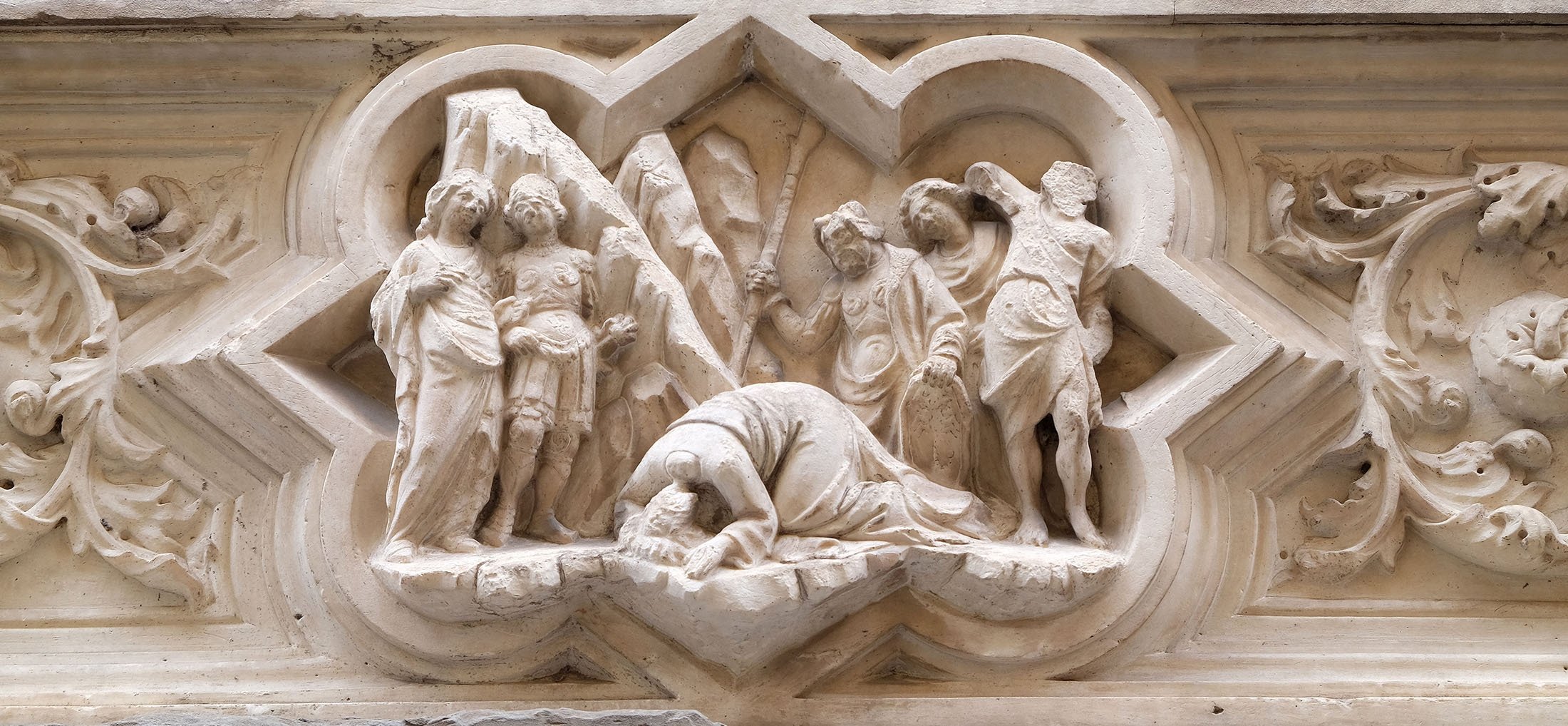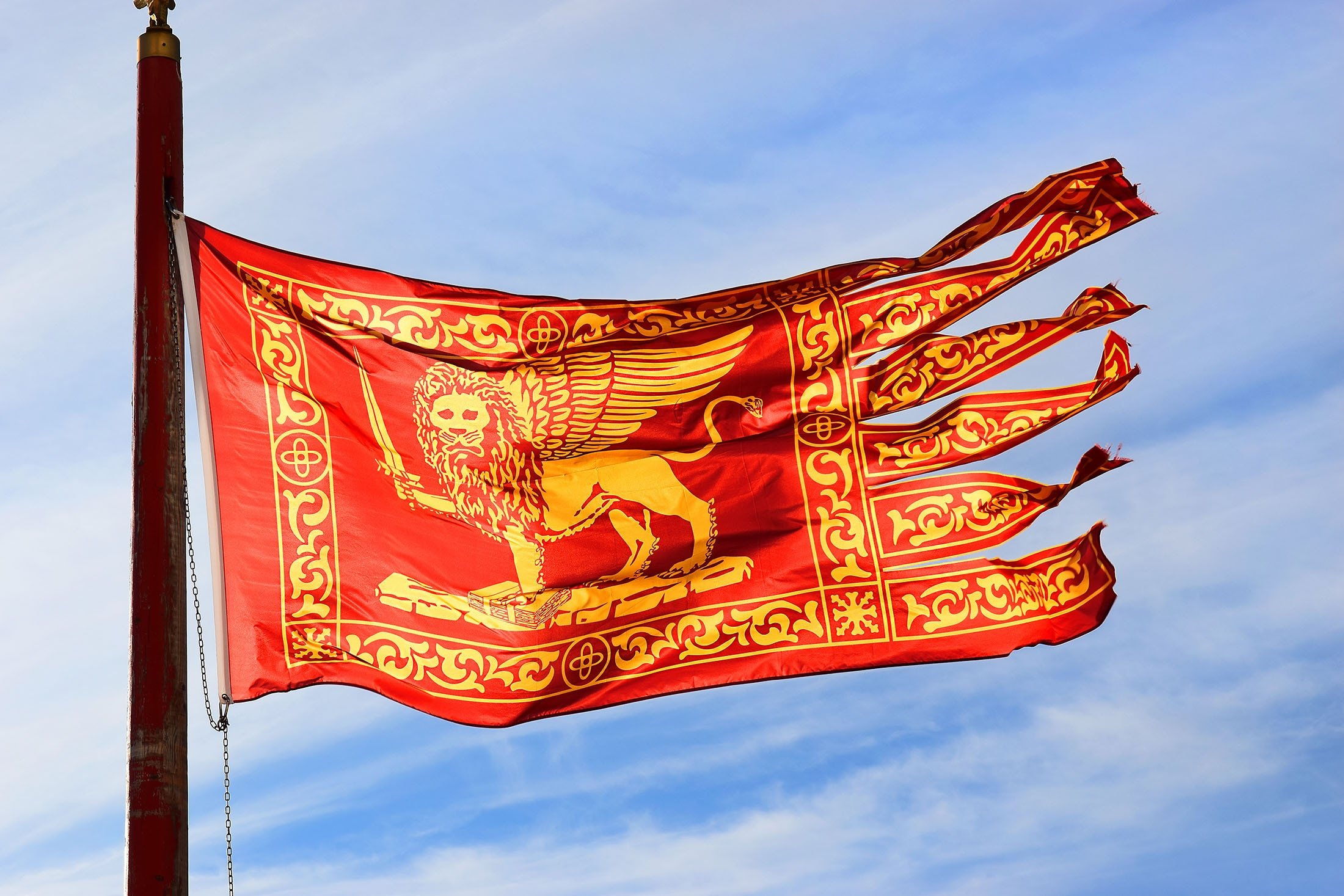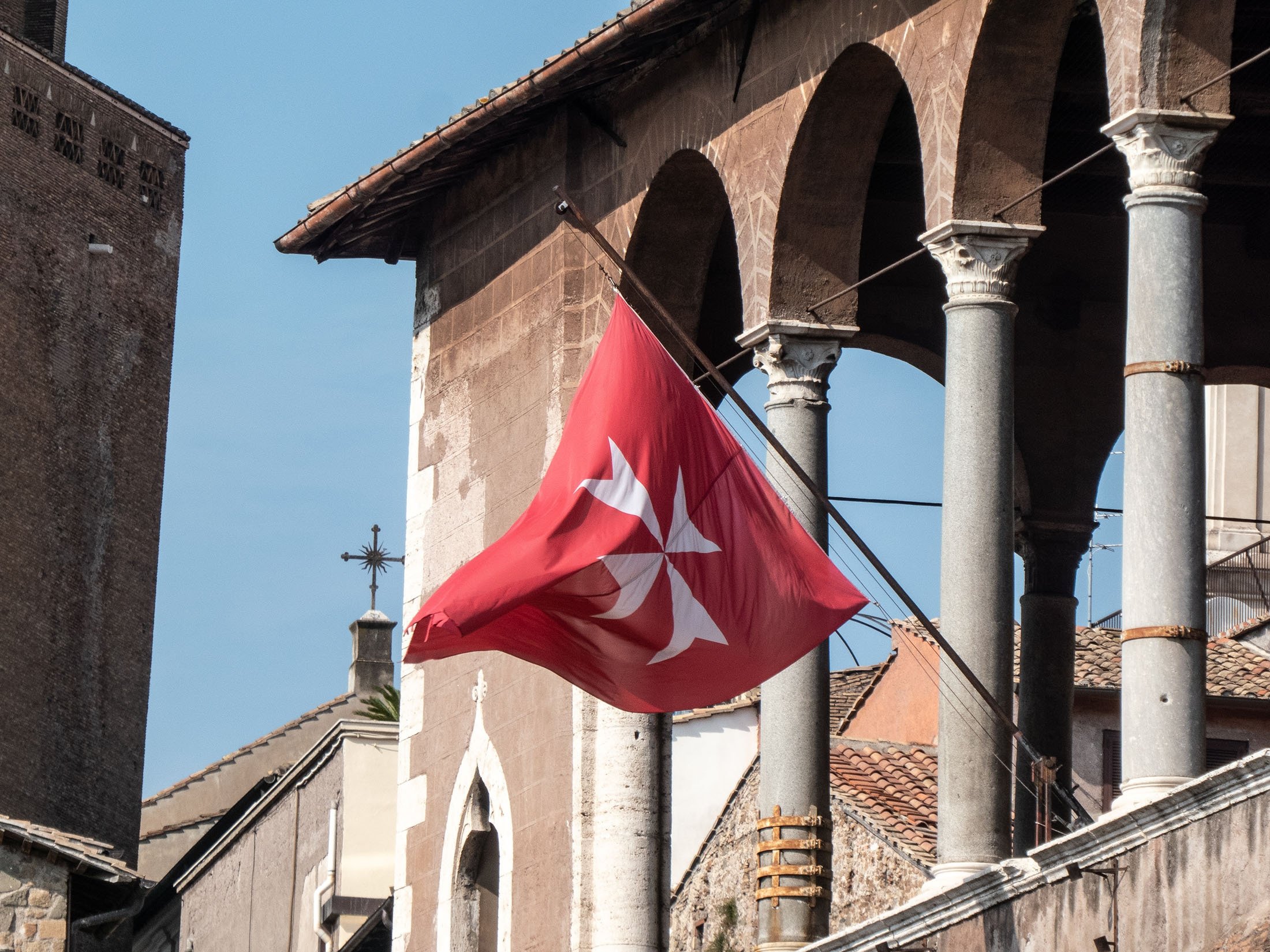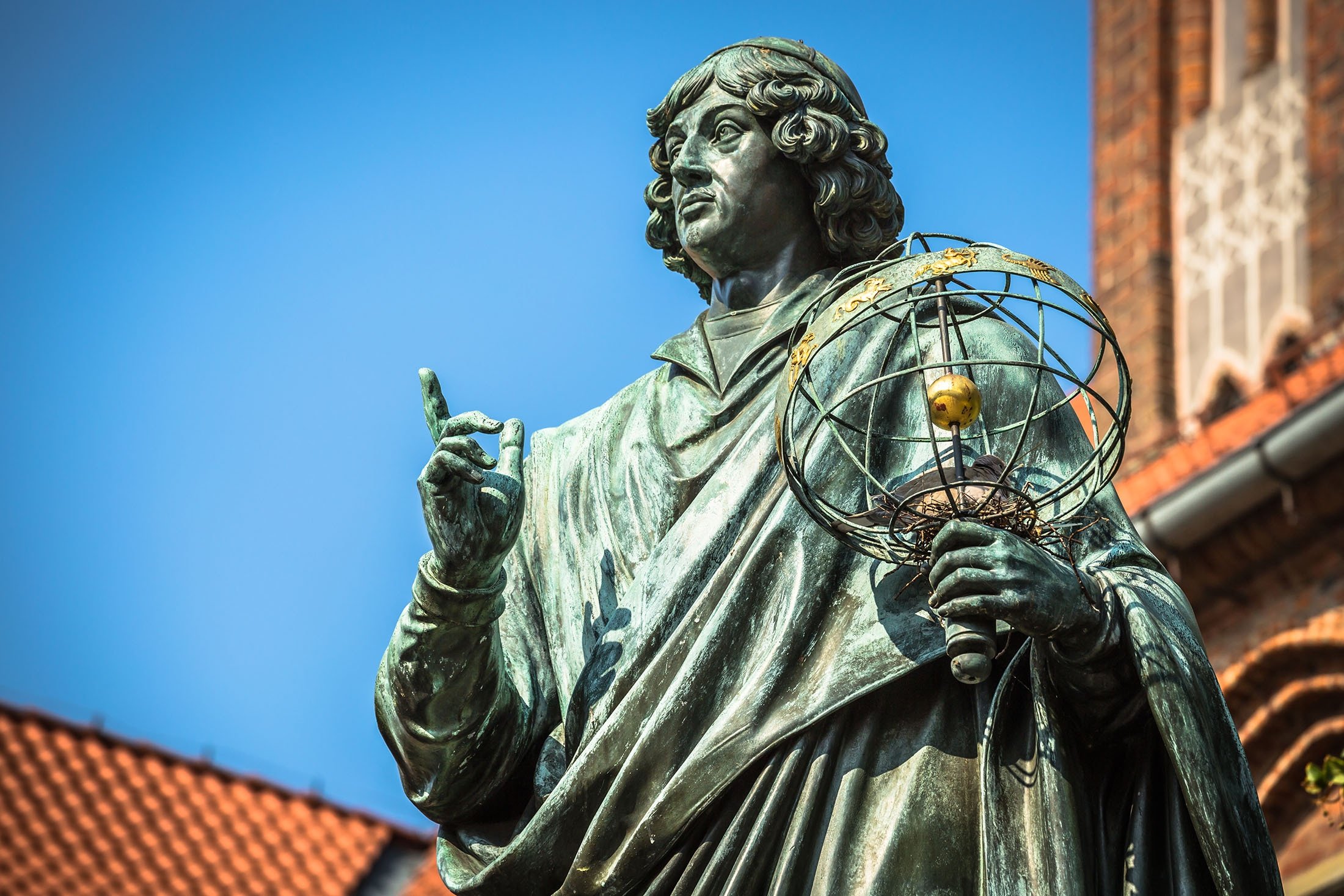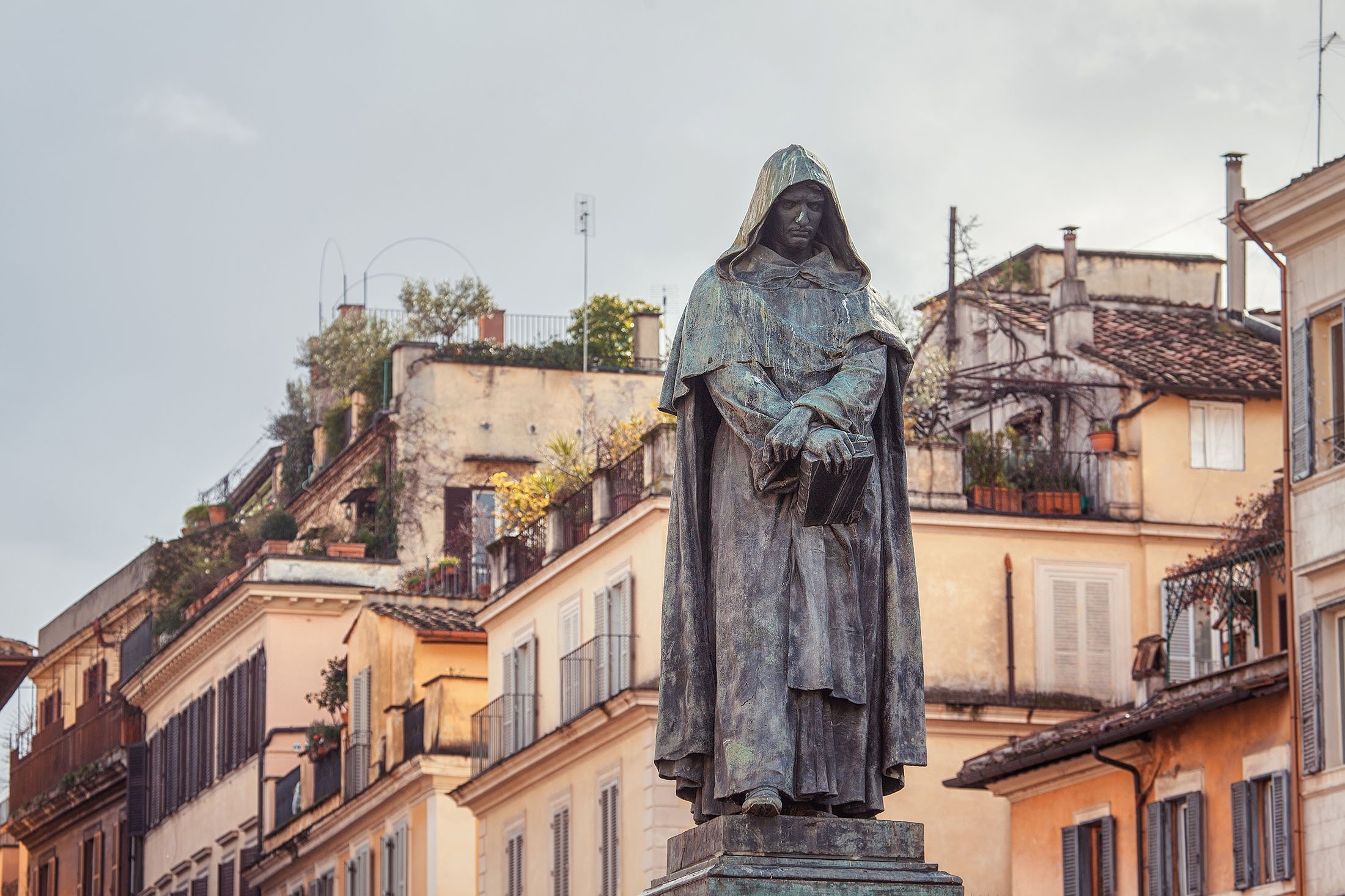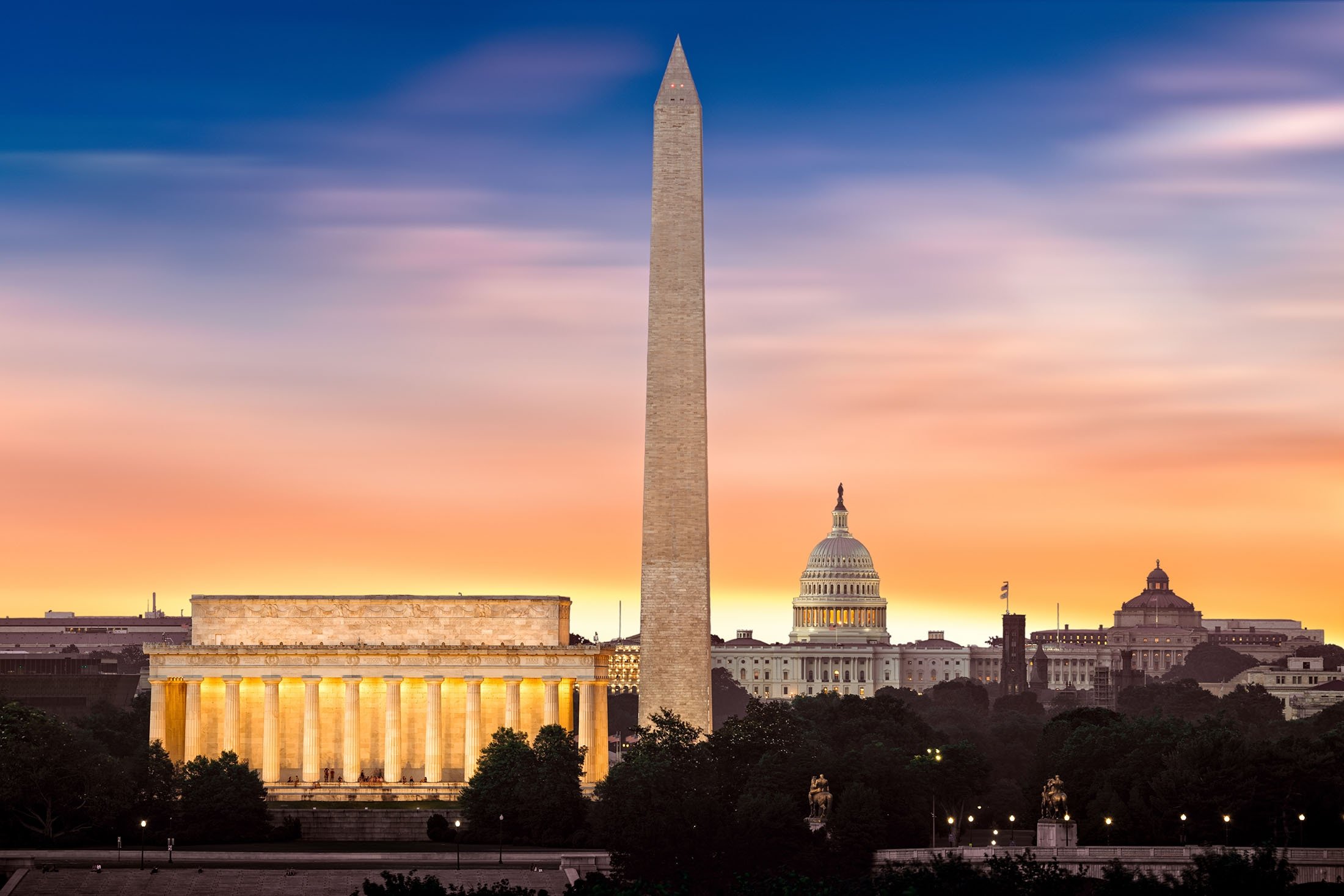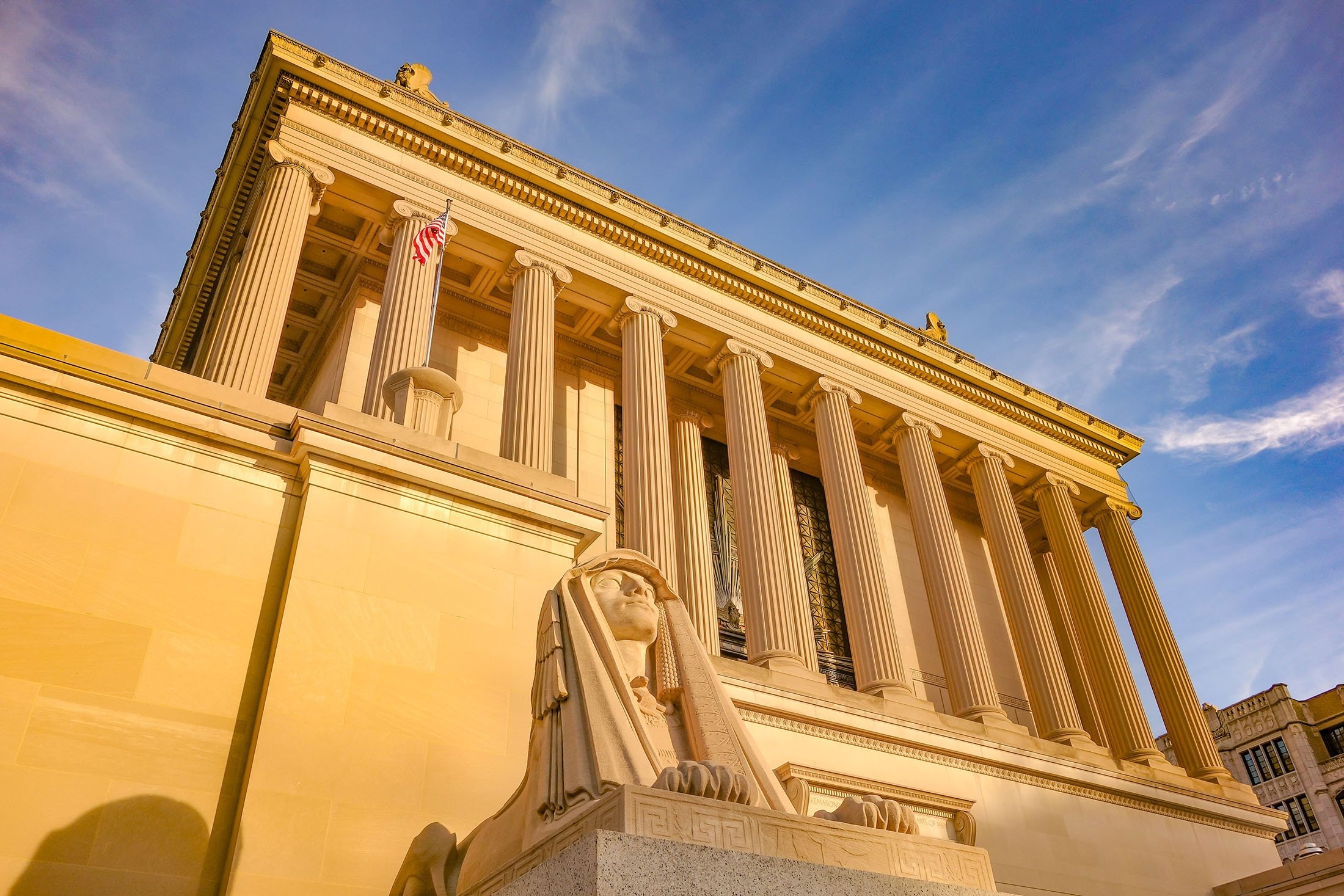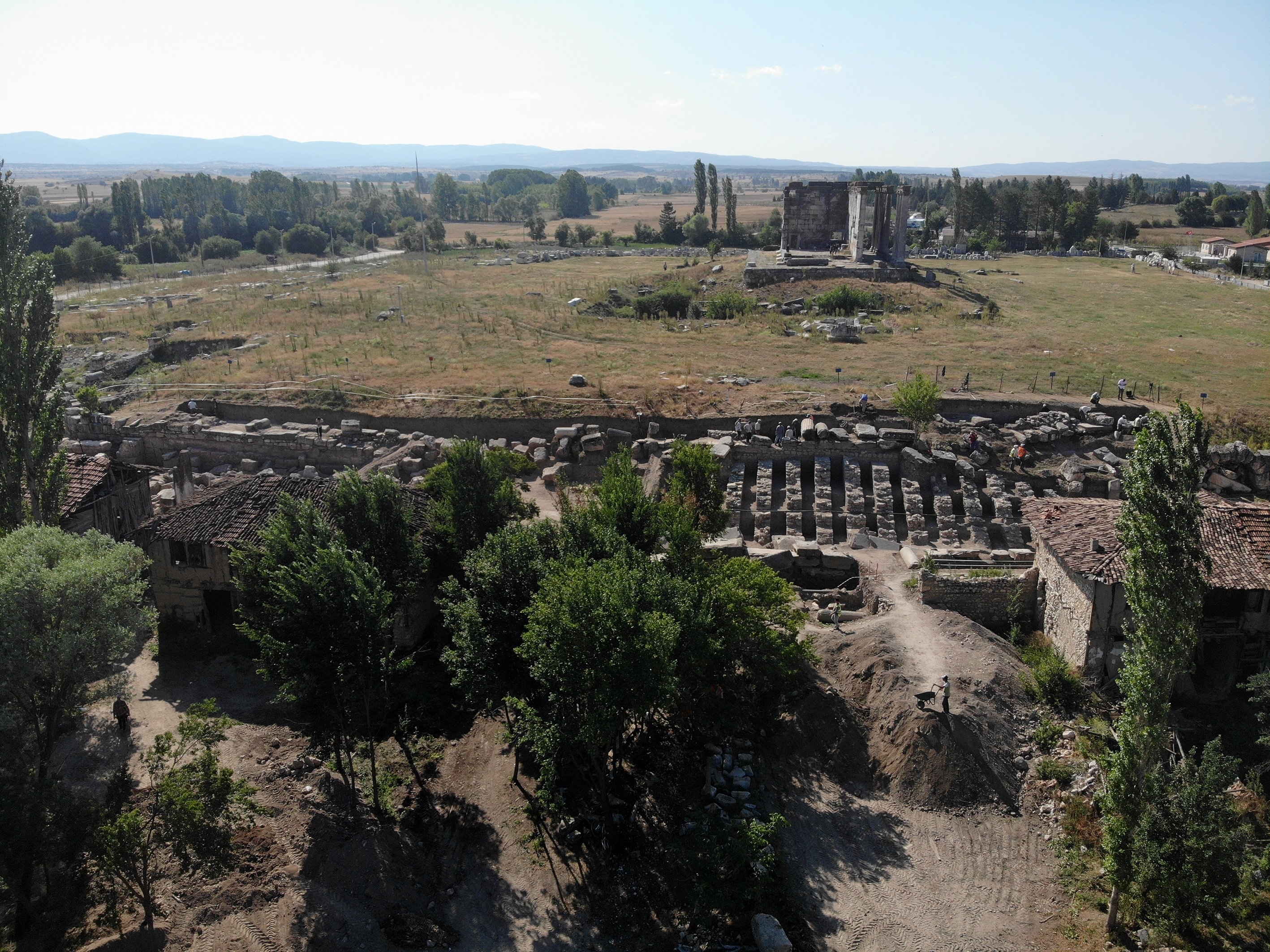New Research Helps Explain the Diversity of Life and the 'Paradox of Sex'
New UArizona research finds that sexual reproduction and multicellularity drive diversity among different species.
Peer-Reviewed PublicationThere are huge differences in species numbers among the major branches of the tree of life. Some groups of organisms have many species, while others have few. For example, animals, plants and fungi each have over 100,000 known species, but most others – such as many algal and bacterial groups – have 10,000 or less.
A new University of Arizona-led study, published in the Proceedings of the Royal Society B, tested whether sexual reproduction and multicellularity might help explain this mysterious pattern.
"We wanted to understand the diversity of life," said paper co-author John Wiens, a professor in the Department of Ecology and Evolutionary Biology. "Why are most living things animals, plants and fungi?"
To address this, Wiens worked with a visiting scientist in his lab, Lian Chen from Nanjing Forestry University in China. They estimated rates of species proliferation in 17 major groups that spanned all living organisms, including bacteria, protists, fungi, plants and animals. The hard part was to estimate how many species in each group were multicellular versus unicellular and how many reproduced sexually versus asexually. For five years, Chen sifted through more than 1,100 scientific papers and characterized the reproductive modes and cellularity of more than 1.5 million species.
They found that both multicellularity and sexual reproduction helped explain the rapid proliferation of animal, plant and fungal species. The rapid proliferation of these three groups explains why they now include more than 90% of Earth's known species.
The duo also found that the rapid proliferation of sexual species may help explain the "paradox of sex." The paradox is why so many species reproduce sexually, despite the disadvantages of sexual reproduction.
"For sexual species, only half the individuals are directly producing offspring. In an asexual species, every individual is directly producing offspring," Wiens said. "Sexual reproduction is not as efficient. Another disadvantage of sexual reproduction is that you do need two individuals to make something happen, and those two individuals have to be the right sexes. Asexual species, on the other hand, only need one individual to reproduce."
Chen and Wiens found a straightforward answer to the paradox of sex. The reason why there are so many sexual species is because sexual species actually proliferate more rapidly than asexual species. This had not been shown across all of life before.
They also found that another explanation for the large number of sexual species is that sexual reproduction and multicellularity are strongly associated across the tree of life, and that multicellularity helps drive the large number of sexual species.
"Multicellularity is actually more important than sexual production. We did a statistical analysis that showed it is probably at least twice as important for explaining these patterns of diversity as sexual reproduction," Wiens said.
And while this study alone can't pinpoint exactly why multicellularity is so important, researchers have previously suggested that it has to do with the variety of cell types within a multicellular organism.
"If you're a single cell, there's not much variety there," Wiens said. "But multicellularity allows for different tissues or cell types and allows for diversity. But how exactly it leads to more rapid proliferation will need more study."
Chen and Wiens also tested how their conclusions might change if most living species on Earth were species of bacteria that are still unknown to science.
"Most bacteria are unicellular and asexual. But because bacteria are much older than plants, animals and fungi, they have not proliferated as rapidly, even if there are billions of bacterial species," Wiens said. "Therefore, multicellularity and sexual reproduction still explain the rapid proliferation of animals, plants and fungi."
Future work will be needed to understand how multicellularity and sexual reproduction drive biodiversity. Wiens is also interested in how some groups are both multicellular and reproduce sexually yet don't proliferate rapidly.
"We have some ideas," he said. "One example is rhodophytes, the red algae. These are mostly marine, and we know from animals that marine groups don't seem to proliferate as rapidly."
###
DOI
10.1098/rspb.2021.1265
ARTICLE TITLE
Multicellularity and sex helped shape the Tree of Life









